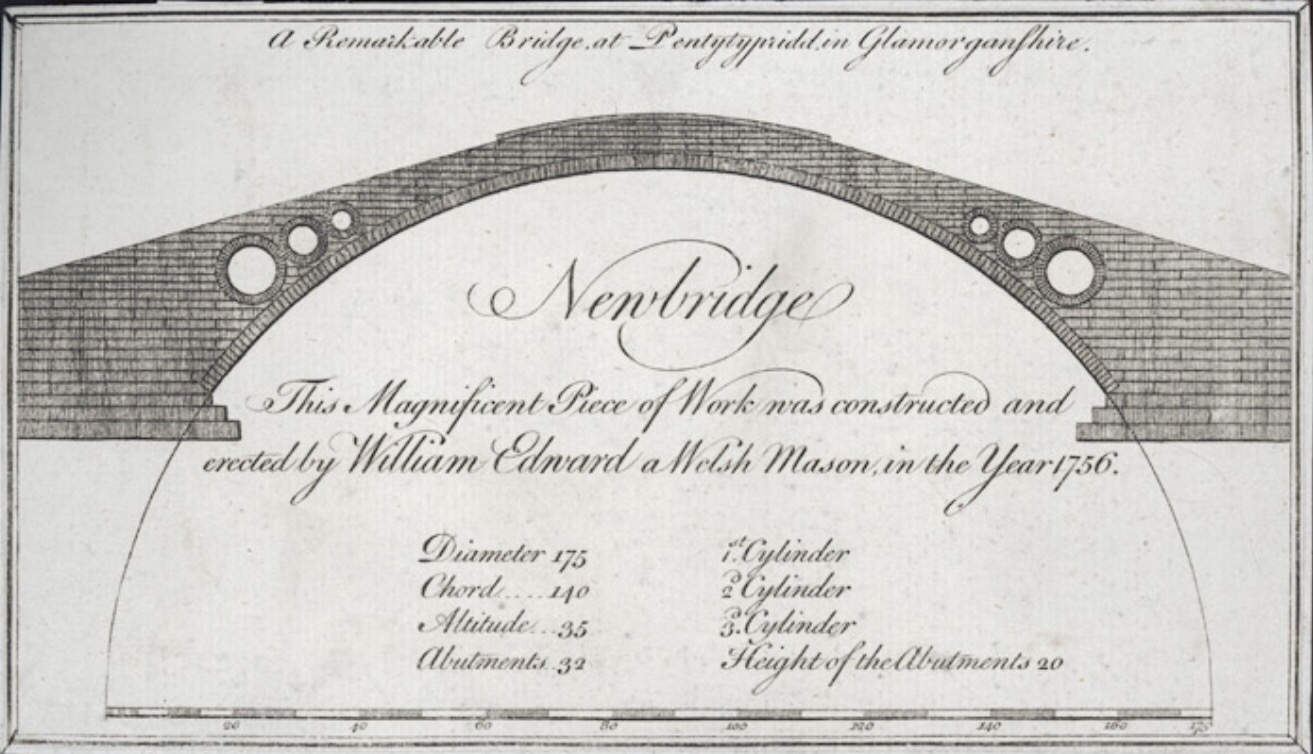 My father in law once told me about how managed the mountains of mail that landed on his desk as the Head of a large High School. One of his routines was to drop all of the newsletters neatly into a box with the intention of reading them at the end of term. Mostly they ended up on the bonfire, unread. This was pre recycling days but I don’t think much has changed.
My father in law once told me about how managed the mountains of mail that landed on his desk as the Head of a large High School. One of his routines was to drop all of the newsletters neatly into a box with the intention of reading them at the end of term. Mostly they ended up on the bonfire, unread. This was pre recycling days but I don’t think much has changed.
This week I encountered several people who enthusiastically described how they were going to ‘change the world’ by sending newsletters (I’m exaggerating a bit, not like me I know). The point is that their passion for the cause, energy and commitment were not in doubt. Sadly though I felt their enthusiasm it was a bit unrealistic and miss-directed. Haven’t we been down the well trodden ‘let’s send out a newsletter and change the world’ path many times before? Just to illustrate here are a few learning points from the week.
There are apps to automatically remove newsletters. I know I shouldn’t be surprised by this, but there are. Unroll.me is an app that does this under the banner ‘End Email Overload’. Here is a description of how Sarah Kessler reduced 271 subscriptions to 17 and packaged had them into a single email using unroll.me
The underlying motivation seems to be that most newsletter subscriptions are a nuisance that should be removed from your email inbox. Something newsletter editors might want to think about?
Prevention is better than cure. There are plenty of people advocating the ‘just say no’ approach. If you search online for information on how to deal with email overload it’s not long before you encounter advice telling you not to sign up for email newsletters in the first place and un-subscribe from any you currently receive.
The emailcharter.org has got some very helpful advice on how to prevent email overload, focused upon individuals taking responsibility for their actions. When it comes to newsletters I particularly like their ‘Join Our Mailing List’ button. This has a note next to it saying “Don’t Click This! “ Go and click it and see what happens
Newsletters seem to have acquired the status of ‘problem’. Something that clogs up your inbox which you’ll never ever read.
Paper newsletters don’t get treated any better. Saturday morning at home is time to sort through the week’s post. This week generated six newsletters that went directly from package to recycling bin without passing through the brain. OK, there were some things like the ‘Greyhound Rescue Shelter News’, but you get the point.
The carefully crafted design, eloquently written content and cost of printing don’t count for much if the newsletter closely follows the junk mail into the recycling bin (I think I might actually take more in if I were glancing at them before throwing them onto the bonfire…..?).
Good News, there is another way…….Podcasts. While I was engaged in my Saturday morning chores I had a podcast playing. This was the disruptive social care podcast from Shirley Ayres and Stuart Arnott. Listening to Shirley, Stuart and their guests is one my most useful learning experiences (it’s like Radio 4, but better….).
This podcast is in a completely different league to newsletters and as it happens the guest this week picked up on the point. Richard Humphries, Senior Research Fellow at The Kings Fund made a comment along the lines of…. ‘the social care sector produces lots of outputs, reports, papers etc which he struggles to keep up with. However, he always finds time to listen to the podcast which provides a fresh perspective’ I think that pretty much says it all.
Do have a listen to the disruptive social care podcast for yourself, it’s a great example of how to share knowledge. Even if social care isn’t your main area of interest, it’s surprising what you can learn.
So, what’s the PONT?
- Knowledge exchange is a complicated area where multiple channels of communication are possible. Knowing what works for your target audience is essential.
- The trusty old newsletters (paper or digital) do get treated a bit like spam or junk mail. Something editors need to recognise.
- Podcasts offer a fresh perspective which is very engaging for many people. The time will come when they are the ‘standard approach’ that the newsletter used to be.

Leave a reply to lippylloyd Cancel reply